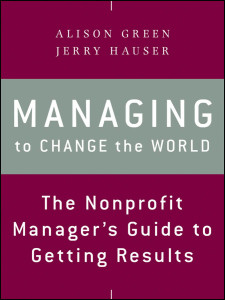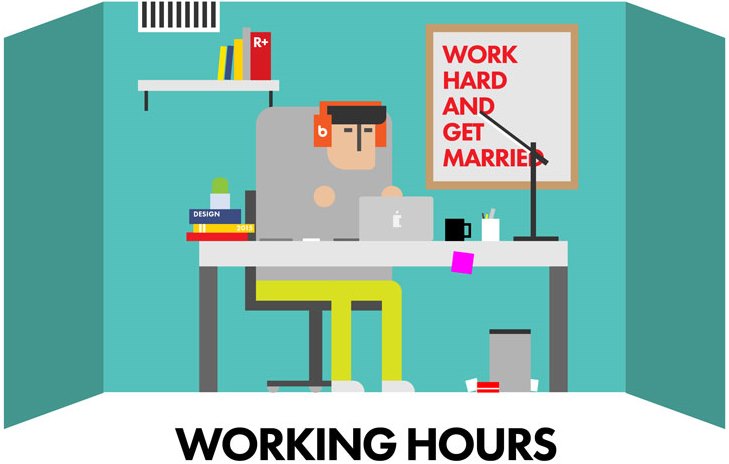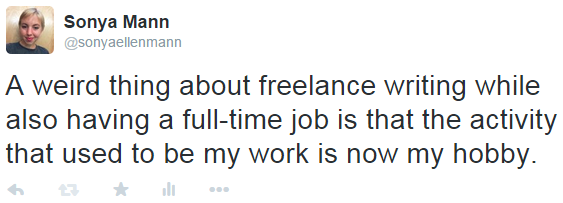In my experience as a reader, there are two main types of book. These types span all genres and topics. The first is steady going. I read a few pages every night, maybe a chapter — I plod through. The second type is gripping. I tear through the book. I pick it up (or open the Kindle file) and can’t put it down.
The quality of the book isn’t the distinguishing factor. For instance, I’m working on The Design of Everything Things at the moment. It’s an excellent read in terms of intellectual content, and the writing is accessible. But it’s not a rip-roarer. Who knows why? Probably my reaction is determined by something very idiosyncratic about my personal tastes. And yet, when reviewing a book, I must hope that others share my proclivities, at least a little.

As an opposite example, Boss Life pulled me through quickly. So did Managing to Change the World. The latter is a primer on how to be an effective manager at a nonprofit company, written by Alison Green of the invaluable Ask a Manager blog and Jerry Hauser, who used to be second-in-command at Teach For America. Together they work at The Management Center.
“Fundamentally, a great manager is someone who cares passionately about getting results. And that can’t be faked. If you are truly determined to get results, it becomes the fire that fuels everything you do[.]”
I’m such a fan of Green that I felt confident enough about the book’s probable quality to write this post’s intro before I finished reading it. I was right — Managing to Save the World is very good, and the advice is applicable to professionals outside of the nonprofit world.
In essence, Green and Hauser organize common sense into principles and processes. They are straightforward, presenting various concrete examples and tools. Managing to Save the World is a textbook for professional adults, complete with a summary of key concepts at the end of every chapter.
Here are some of Green and Hauser’s suggestions for managers:
- Use time efficiently and effectively to get results. How? Well…
- Guide rather than do. Your time should be devoted to tasks that only you can complete.
- Learn to delegate and create a culture of accountability…
- By supervising and following up throughout every project.
An acronym mentioned in one of the chapters represents the book’s overarching ethos quite well: “SMART goals are strategic, measurable, ambitious, realistic, and time-bound. Goals should measure outcomes rather than activities whenever possible.” Managing to Save the World is definitely a recommended read!









